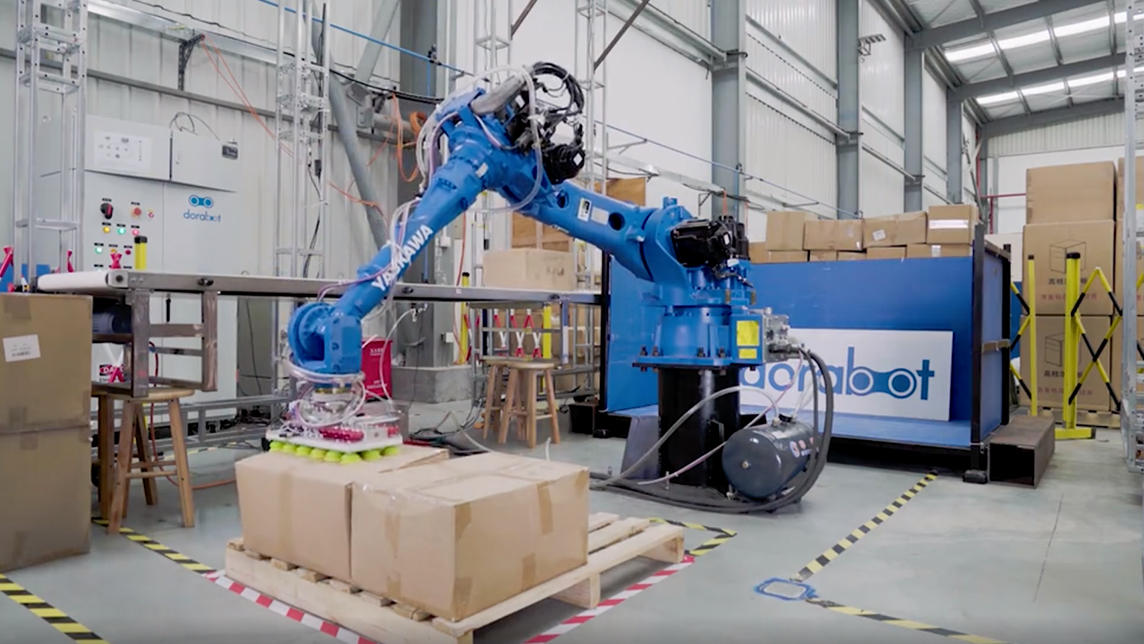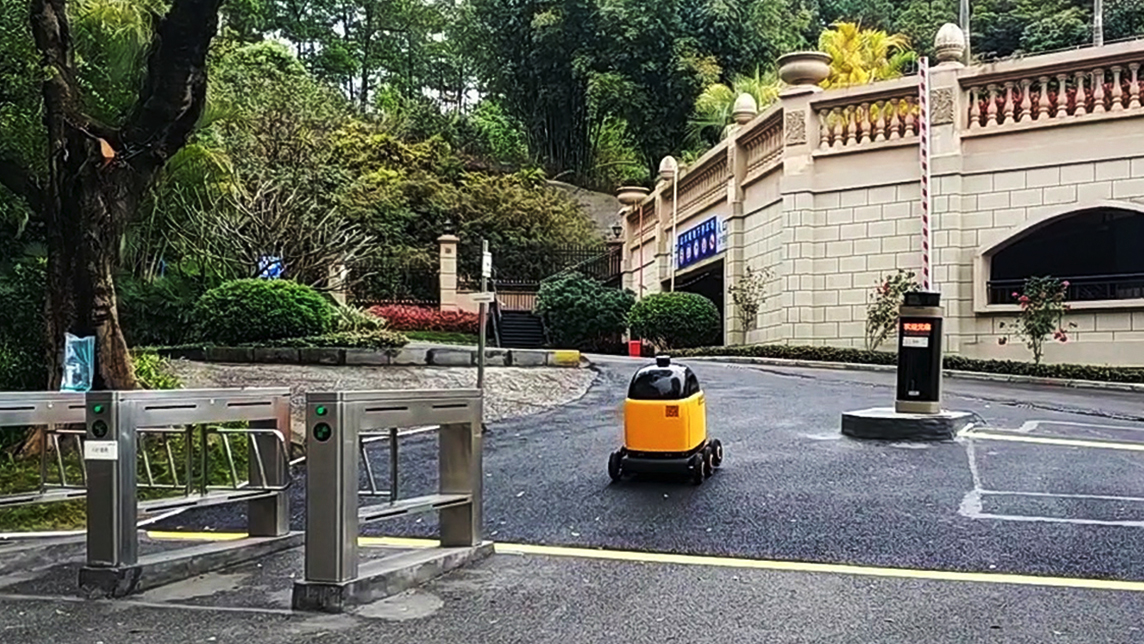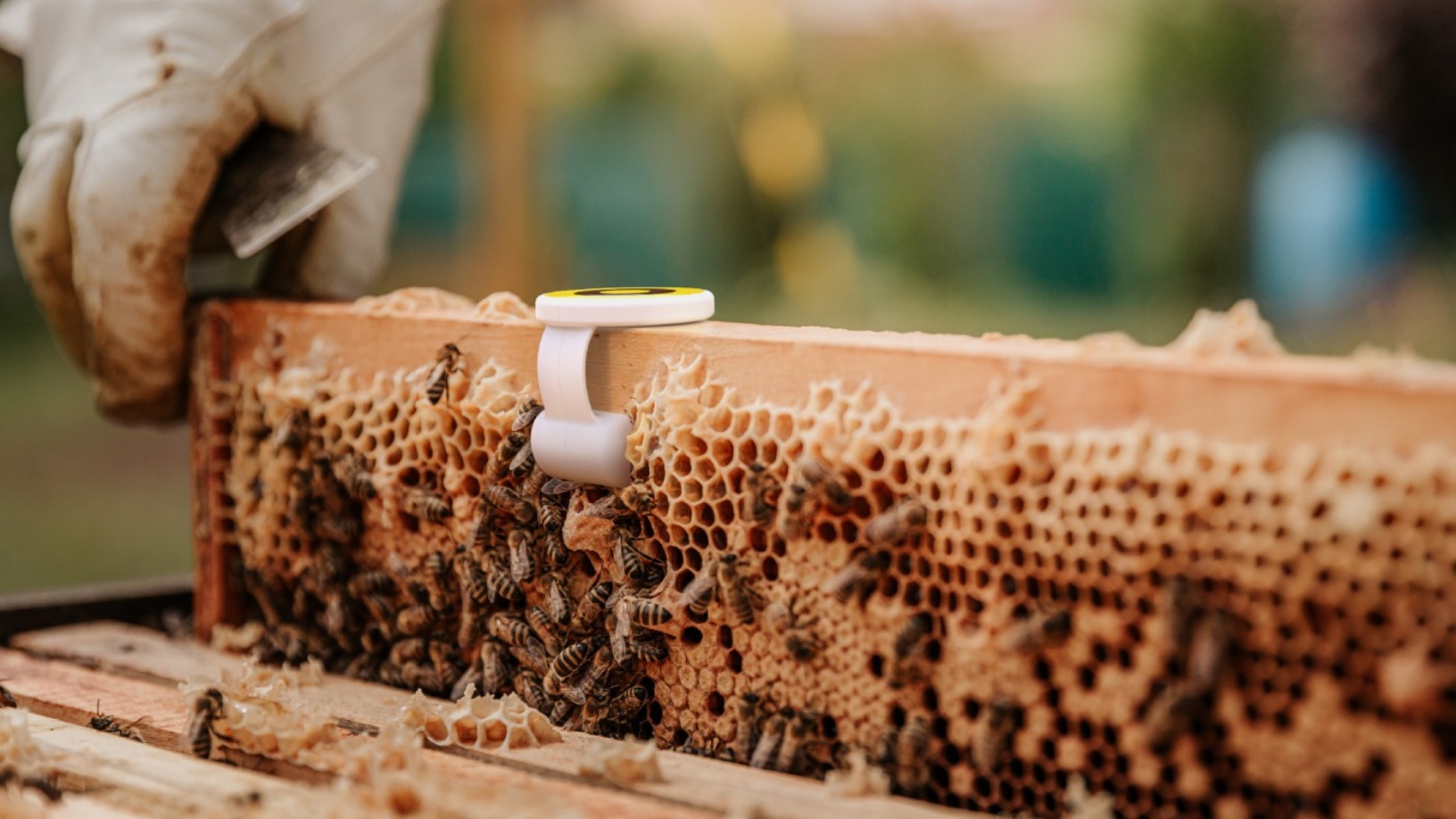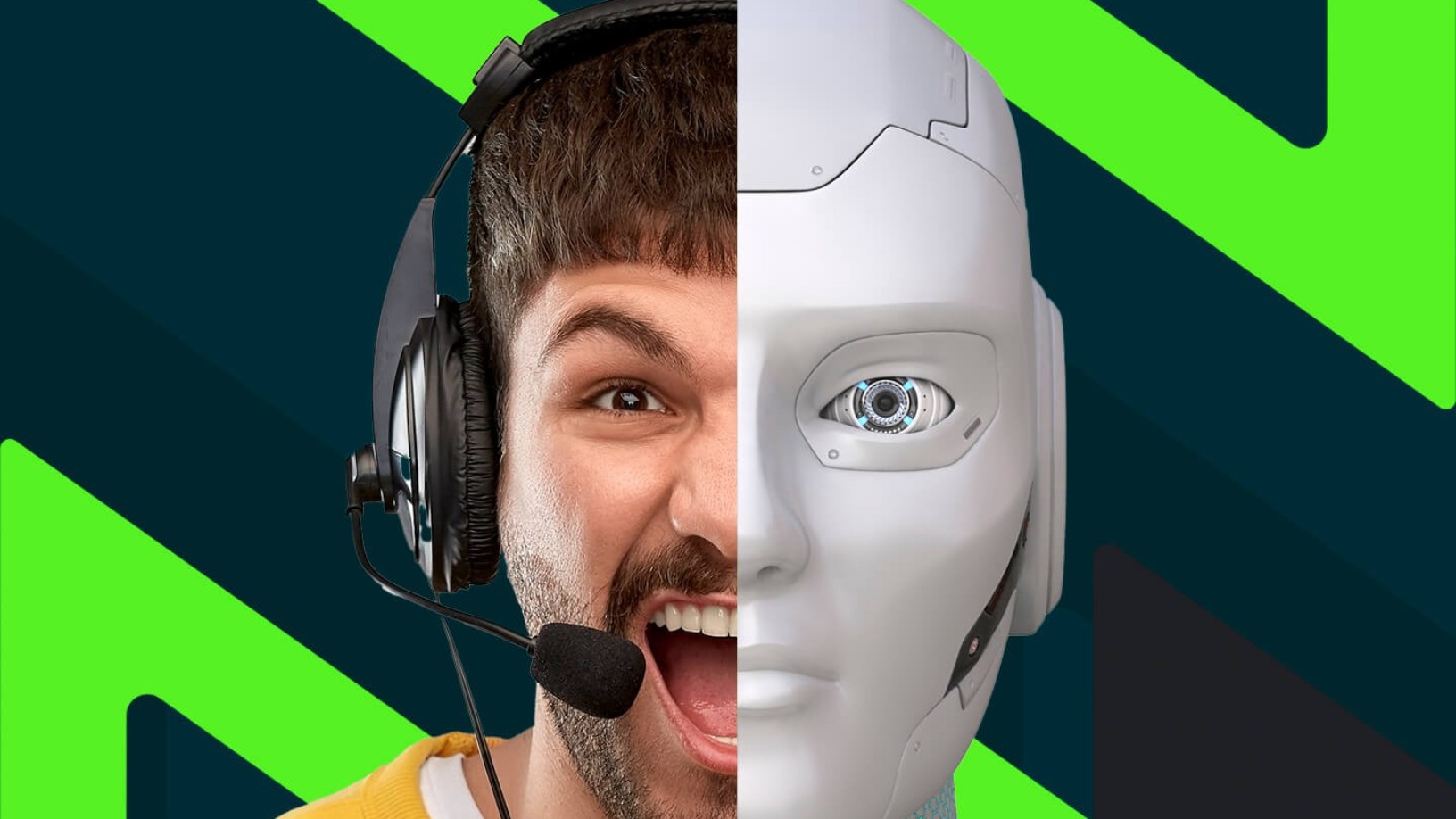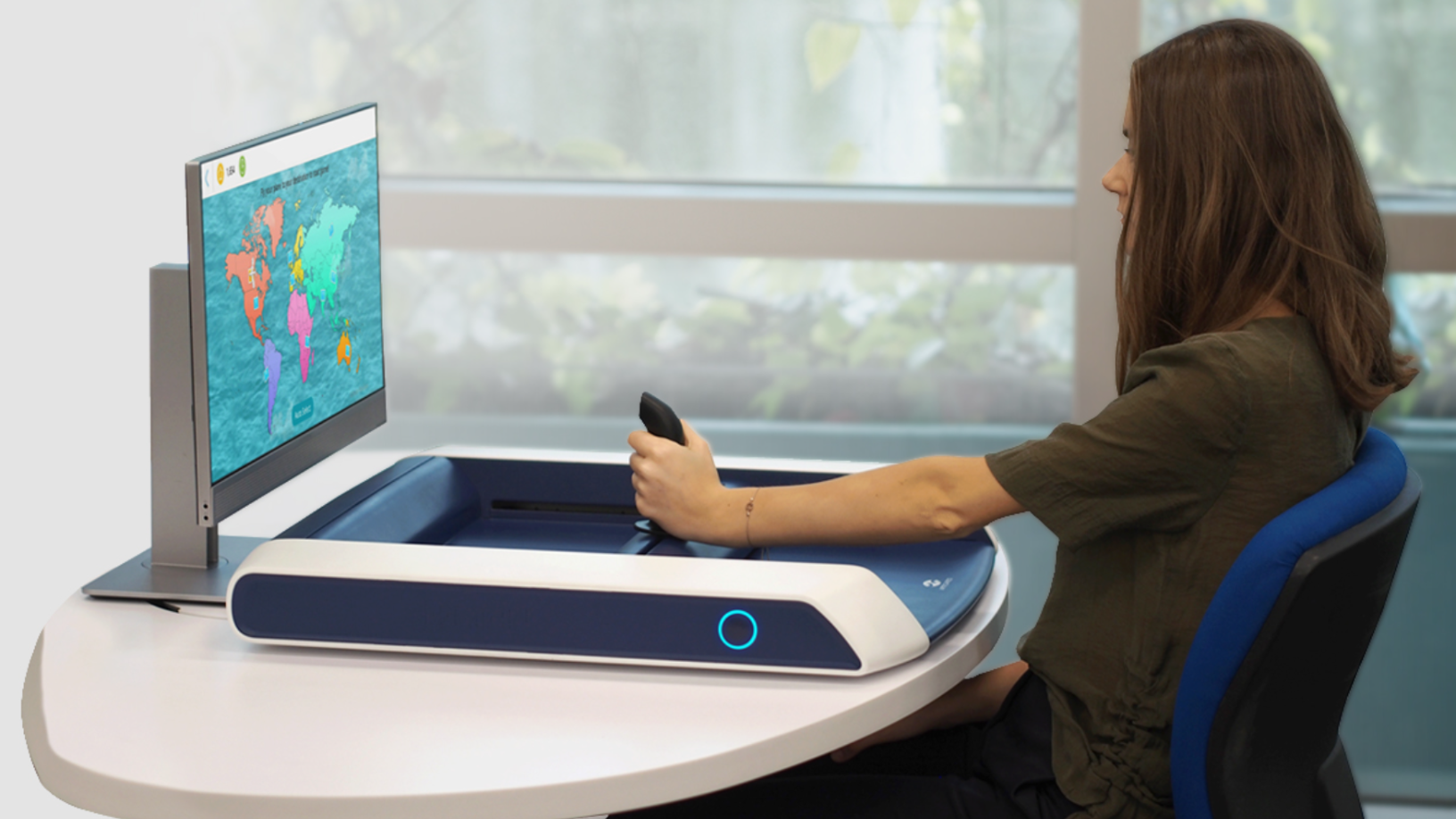US e-commerce giant Amazon announced in April this year that it had hit a logistics milestone: it could now ensure one-day delivery within the US on as many as 10m items in its warehouses. The reason behind the enhanced speed was simple – the efficiency of the 200,000 robots working alongside their human Amazon brethren.
With the intertwined human/robot fulfillment system having evolved to become an integral part of the automated warehousing sector, a Chinese startup, Dorabot, is now aiming to push the boundaries of the industry even further: it intends to fully automate warehouses, removing the need for any human actions whatsoever.
The removal of humans from warehouses makes some sense when considered from a occupational-safety issue. Incidents like the one at an Amazon warehouse in New Jersey, when robots pierced through a can of bear spray, hurting two dozen employees, or accidents that compelled Amazon to make custom-made vests for employees to protect them against robots, show the potential dangers of the human-robot mix.
In a Dorabot-designed warehouse, fully robotic arms unload packages, sort them and place them onto automated carts that carry smaller robots all, with the smaller robots using computer vision to "see," grasp and guide the packages. According to Dorabot CEO Spencer Deng (Deng Xiaobai), the company is now ready to scale and mass-produce robotic modules after a three-year product development and trial operation phase.

Roots of a robot
Founded in 2014 by Zhang Hao and Zhou Dandan, Dorabot was named after the popular Japanese cartoon series Doraemon, which features a cat robot with a multidimensional pouch containing any number of gadgets that help him and his young human friend get through the day's challenges.
Zhang and Zhou's original vision was to build a robot like Doraemon. But after they built a package-picking robotic arm for an Amazon Picking Challenge in 2015, and the project made it to the final round of the competition, the two realized they had stumbled upon a real business opportunity.
Partnering with Deng, who had previously worked as a manager for UPS's Asia-Pacific operations, Zhang and Zhou started Dorabot, aiming to set the trend in the booming e-commerce logistics space. Today, Dorabot offers a complete package of solutions, combining hardware and software that can handle tasks including sorting, loading and delivering packages.
"In the end," Deng said, "what Dorabot wants to achieve is that the robot can learn and adapt to its surroundings, get to the position though directions received after plugging into the warehouse management system, judge the position of the package through 3D computer vision, plan the grasping route by itself, put [the package] into the cart it works with, and carry on with the next mission."
Each step requires advanced robotic and AI technology, such as visual perception, motion planning, reasoning capabilities, auto-pilot controls, multirobotic cooperation and machine learning. The most difficult part of the process, though, is undoubtedly the grasping and loading – but it is also the part that will separate Dorabot's capabilities from Amazon and other competitors.
In a typical Amazon warehouse, a robot has to pick up an entire shelf and take it to a human worker who then deals with the particular package on the shelf. Dorabot's main technological innovations lie in its "pick and place" robotic systems and in its load-planning and facility-design software. Dorabot says its sorting systems – which can be retrofitted into existing sorting-and-conveyor systems – can pick and sort packages at a rate of 700 to 1,200 pieces pieces per hour. Although the pace is comparable to that of a fast human worker, the Dorabot system never needs rest.
Deng admitted there were limitations with the hardware, and that one day, the system "might sort even more" packages than it is currently capable of handling. But, he added, "the error rate is below 0.01% – lower than the human error rate."
Tech prowess and partners grow
For now, Dorabot is focused on the warehouse industry, but it has also developed an advanced airport luggage system that it hopes to have customers for in the near future. Dorabot is not without competitors, among them Boston Dynamics, Geek Plus Robotics and Alibaba's Cainiao warehouse. One thing that should help Dorabot: a steadily growing market for its products. The global warehouse robotics market was valued at US$1.95bn in 2017 and is expected to reach US$2.45bn in 2025. Compound annual growth rate is expected to reach 12%.
Its tech prowess and talent reserves are solid, too. In 2016, Dorabot won second place in the Autonomous Manipulation challenge at IROS's Robotic Grasping and Manipulation Competition. Since then the company has recruited a handful of talent from the robotics industry, including its chief robotic vision scientist, Gary Bradski, and chief robotic scientist, Peter Corke.
In addition, Dorabot is ready to ramp up production with the help of a strategic partner, Japan-based Yasakawa Electric. Dorabot has also disclosed that it is helping to automate the placement of pallets for a global furniture company's shipping containers, and also said it had signed contracts with two top global logistic companies. In March, Dorabot said it was working with US parcel delivery service UPS on an intelligent robot-sorting project for use in large-scale warehousing, and that it was also cooperating with a number of Chinese commerce companies.
"Dorabot is targeting the international market at first," Deng said while noting that labor costs in China are still low enough that fully roboticizing warehouses may not yet make economic sense for some. Despite that, Deng said he was confident the Chinese market would soon support roboticization, estimating that 70% of China's logistics industry will be fully automated in five to seven years.
The need for speed
When it comes to selling on both the international and Chinese markets, Dorabot has one unique advantage: its 60-member team in Shenzhen comprises more than 10 nationalities – a level of diversity rarely seen among Chinese startups. Dorabot also has regional offices in Hong Kong, Guangzhou, Brisbane and Atlanta.
The company also uses English as its everyday working language, a nod to its mostly overseas market and the industry itself, which largely relies on English-language technical documentation as a universal standard. And although the company runs in prototypical Silicon Valley-style, Deng stresses that the company retains at least one quality that can separate it from competitors.
"Our company is based on China speed," Deng wrote in the company's most recent annual newsletter. "International clients are used to working with tech companies that update innovations on a quarterly basis, but we have brought [innovation updates] to a weekly and even daily basis," he said. "Speed is the basic attraction."
